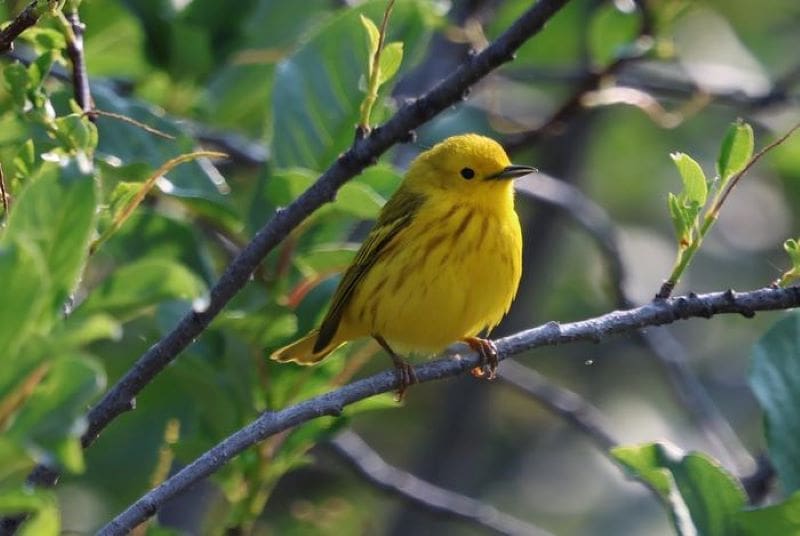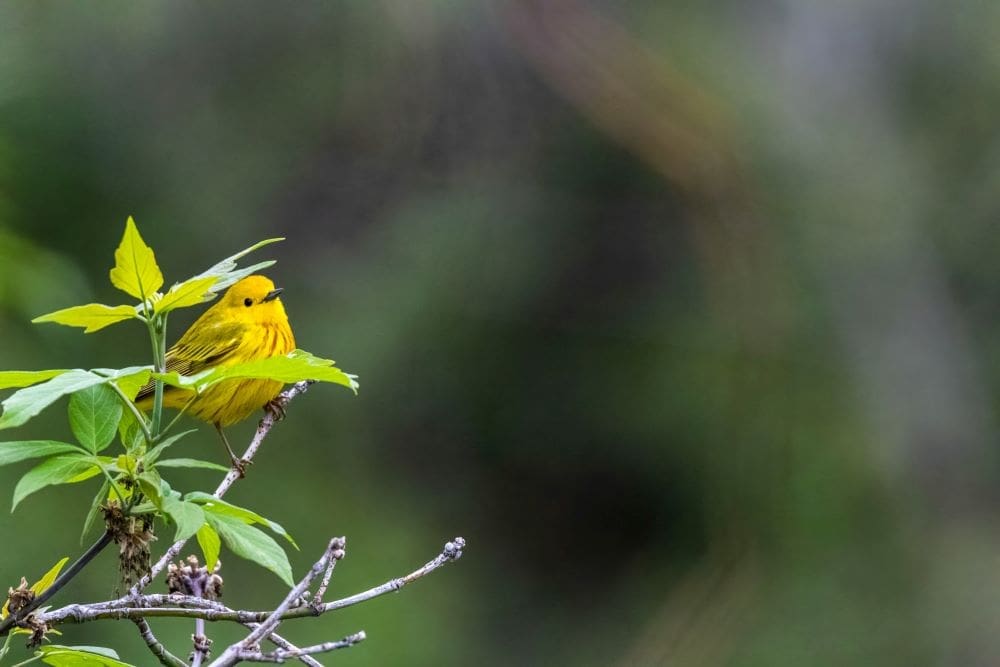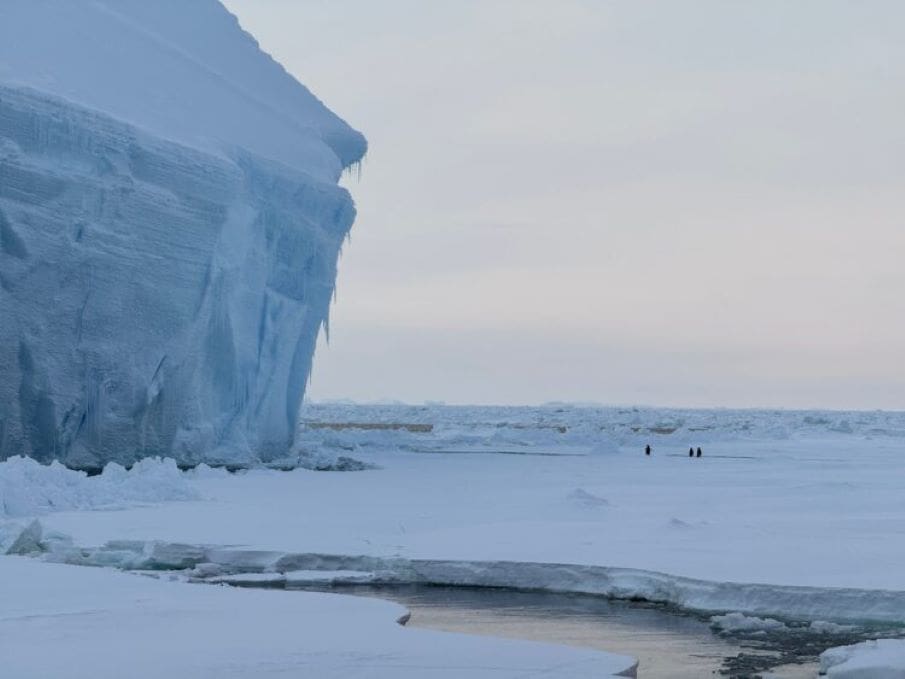Summary:
Climate change is transforming ecosystems faster than many species can adapt, and a new study offers rare evidence of how this is already affecting wildlife. Researchers at Colorado State University have found that yellow warblers (Setophaga petechia) whose bills are no longer keeping pace with changing climates are showing greater physiological stress.
Published in Proceedings of the National Academy of Sciences, the study identifies the genetic and environmental factors shaping the form of the warbler’s beak – a key feature that helps the bird regulate heat and conserve water. By combining genome-wide data, historical DNA, and stress biomarkers such as telomere length, the researchers showed that precipitation levels are a major driver of bill variation across North America.
Lead author Marina Rodriguez said the study’s results reveal how difficult it can be for species to adapt quickly enough to a warming world. “People may think of climate change as something that will happen in the future, but as this work shows, species are already feeling these effects and are struggling to adapt and survive,” she said. The findings suggest that measuring telomere length could offer an early warning sign for climate-driven stress in wild populations.

By studying yellow warbler, researchers hope to better understand response to rapid climate change in wild species
Climate change is drying landscapes and raising temperatures faster than many species can adapt. A new research paper from Colorado State University offers a rare empirical look at how these pressures are already reshaping wildlife through the lens of the yellow warbler – a common migratory bird.
The paper in PNAS identifies the genetic and environmental factors shaping the form of the warbler’s beak, which is key to its ability to shed heat and retain water. To do this, the team compared genomic data, bill measurements and environmental variables from birds sampled across their breeding range in North American and Canada. The findings show that precipitation levels across the range are the key environmental factor influencing genetic variation associated with bill form and structure.
Marina Rodriguez is the first author on the paper, which is part of her recently completed Ph.D. dissertation through the Department of Biology. She said the findings highlight both the importance and difficulty of linking genes, traits and the environment together with measures of stress on the body to better predict a species’ overall ability to keep pace with climate change.

“People may think of climate change as something that will happen in the future, but as this work shows, species are already feeling these effects and are struggling to adapt and survive,” Rodriguez said. “We hope our approach can now be used in other species to better understand the different factors that come together to increase climate vulnerability.”
To confirm the importance of bill shape in the warbler’s ability to adapt to shrinking precipitation totals, the researchers compared data on historic relationships between bill depth and precipitation for the warbler with fresh data collected by modern-day volunteers around the globe. They found that birds whose bills had not kept pace with climate change were now less suited to newly arid conditions, resulting in higher stress levels and subsequent population declines.
The researchers were specifically interested in how the warbler reacted to physiological stress – strain on the body as the environment pushes it beyond its normal limits, such as overheating. To measure this, the researchers looked at telomeres – protective DNA caps that shorten over time as cells divide in the body and with increased stress. Shorter telomeres are linked to poor health and shorter lifespans in many species, from humans to birds.
“There is a lot of evidence to show that the length of these specific genomic regions are highly correlated to the overall lifespan and health across species,” Rodriguez said. “By including this, we are able to better illustrate the mismatch between what is quickly becoming required to survive in the environment with how genetic traits are responding.”
Because telomere length can be measured with just a small blood sample, it may be an easier way to assess wild species without years of fieldwork. Instead of tracking reproduction across generations for example, researchers can review telomeres for early warning signs of population decline.
CSU Associate Professor Kristen Ruegg was an author on the paper and Rodriguez’s academic mentor. Her team frequently works on similar research projects that aim to predict climate change’s impacts on bird populations. She said that Rodriguez’s approach using telomere length has not been widely used in assessing climate vulnerability in birds before.
“Marina’s paper begins to address gaps and assumptions on how wild species will respond to rapid climate change with a clear, data-driven example using telomere length as a biomarker of stress,” Ruegg said. “These findings highlight the importance of linking genes, traits, environments, and stress markers to understand species’ responses to climate and show an exciting method to empirically study these relationships in other species moving forward.”
Journal Reference:
M.D. Rodriguez, C.M. Bossu, E.C. Anderson, R.A. Bay & K.C. Ruegg, ‘Genetic, phenotypic, and environmental drivers of local adaptation and climate change–induced maladaptation in a migratory songbird’, Proceedings of the National Academy of Sciences U.S.A. 122 (40) e2518497122 (2025). DOI: 10.1073/pnas.2518497122
Article Source:
Press Release/Material by Colorado State University
Featured image credit: Camerauthor Photos | Unsplash




